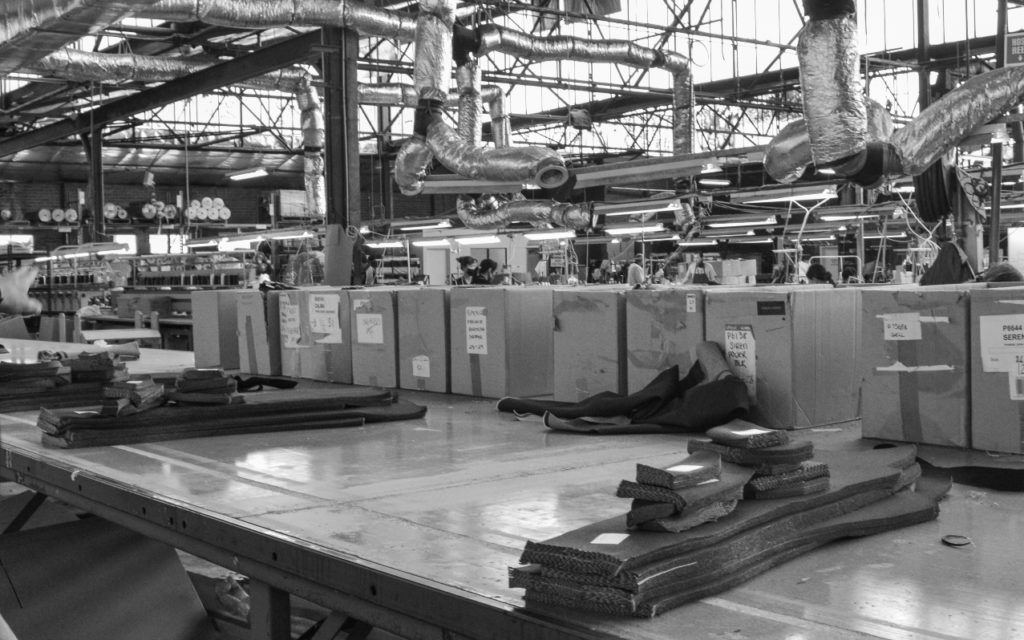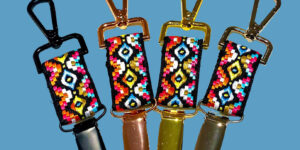by Olivia Anfuso
It is a common misconception amongst consumers that sustainability inevitably equates to a hefty price tag and a surrounding air of unattainability. The realisation in consumers about fast fashion and its negative impacts on the environment is a relatively recent consciousness that is jolting the retail landscape.
In order to comprehend our contemporary struggle with overconsumption, we must acknowledge its roots in ‘The Great Acceleration’. It’s no secret that there has been an unfathomable increase in the manufacturing and consumption of goods, a force driven by the USA’s financial boom as a result of their victories post World War II.
Fast forward to 2021 and this spike in consumption-based activities is not only exhausting natural resources beyond repair but leading to more garbage, ultimately impacting the environment and leading somewhat to the issue of Climate Change. By generating higher levels of waste, land is exploited to either burn the garbage or to bury it underground. Is this really the path we want to continue spiralling down?

Now as consumer consciousness is growing about these concerns, so is the expectation for companies to push boundaries and explore alternative practices within the retail landscape. Many old and established big businesses choose to bury their heads in the sand and brush off corporate responsibility but imagine if they didn’t. What would that look like?
Since big box brand Target is a household name, it has a platform and the means to lead by example in working to achieve a circular closed loop production and delivery system over their traditional linear strategy. By striving to eliminate the end-of-life stage of a garment, the negative waste impacts that come from disposing of unwanted clothing cease to exist.
For argument’s sake, let us say that Target decided they wanted to reduce its impact, focus on sustainability and cater to their consumer’s progressive attitudes; how could they stop their garments entering landfill?
Well, a potential solution may be as easy as creating a sustainability initiative that implements upcycling into their garment ranges. This can be done by taking deadstock that hasn’t sold well, faulty returned garments or even donated garments from customers then turning them into something new. Clothing would make it back to Target by setting up donation tubs in their stores and at existing opportunity shops like Vinnies and Sacred Heart Mission to ensure enough garments are being donated to create a new collection. The tubs will also contain attached boxes for people to donate old buttons or spare ones from garments they never used. Since buttons are commonly made from non biodegradable materials such as plastic, they are a silent assassin and never decompose.
This problem presents a perfect opportunity for Target to be proactive about sustainability and opt to use repurposed plastic or accumulated ocean glass for buttons or fastenings within their garments. This ensures the garments are 100% upcycled. The future of fashion’s production practices must adapt to be more holistic which can be achieved by taking garments at their end phase and alternatively pushing them back up the supply chain. Such strategies move us one step closer to stopping discarded garments from ending up in landfill and instead create a new product that generates profit for Target.

Garments themselves only amount to a portion of the problem. It’s the accompanying merchandise products that bear the remaining waste burden. It is in that predicament that lies another opportunity to make changes. An alternative to displaying upcycled clothing is to replace the use of plastic hangers with metal S hooks. It is a more modern, simple and sleek alternative and works by only displaying one unit per style while merchandising the remaining units as folded to minimise plastic waste from hangers.
A final way to further combat single use waste is aimed at the ever so inefficient external swing tag. Why waste paper, plastic and employee’s time with outdated tags when you could adopt an AIDC (Automatic Identification and Data Capture)? This pioneering technology can automatically identify objects, collect data and enter that data directly into computer systems for stock information and for purchasing.
Yes, it may be slightly costly to begin with but once the equipment is purchased it will outweigh the costs of generating thousands of tags but above all else will eliminate single use waste associated with point of sale and merchandising.
While you may be sceptical of this preaching about strategies that have the potential to transform a company like Target’s environmental footprint, remember that without challenging the previously accepted there will be no disruption for change.
Without testing the unknown we stay stagnant, doomed to repeat the same mistakes as we ignorantly walk the same destructive path that got us here to begin with.
Discover more interesting independent Australian fashion brands in our list of Brands & Designers.










